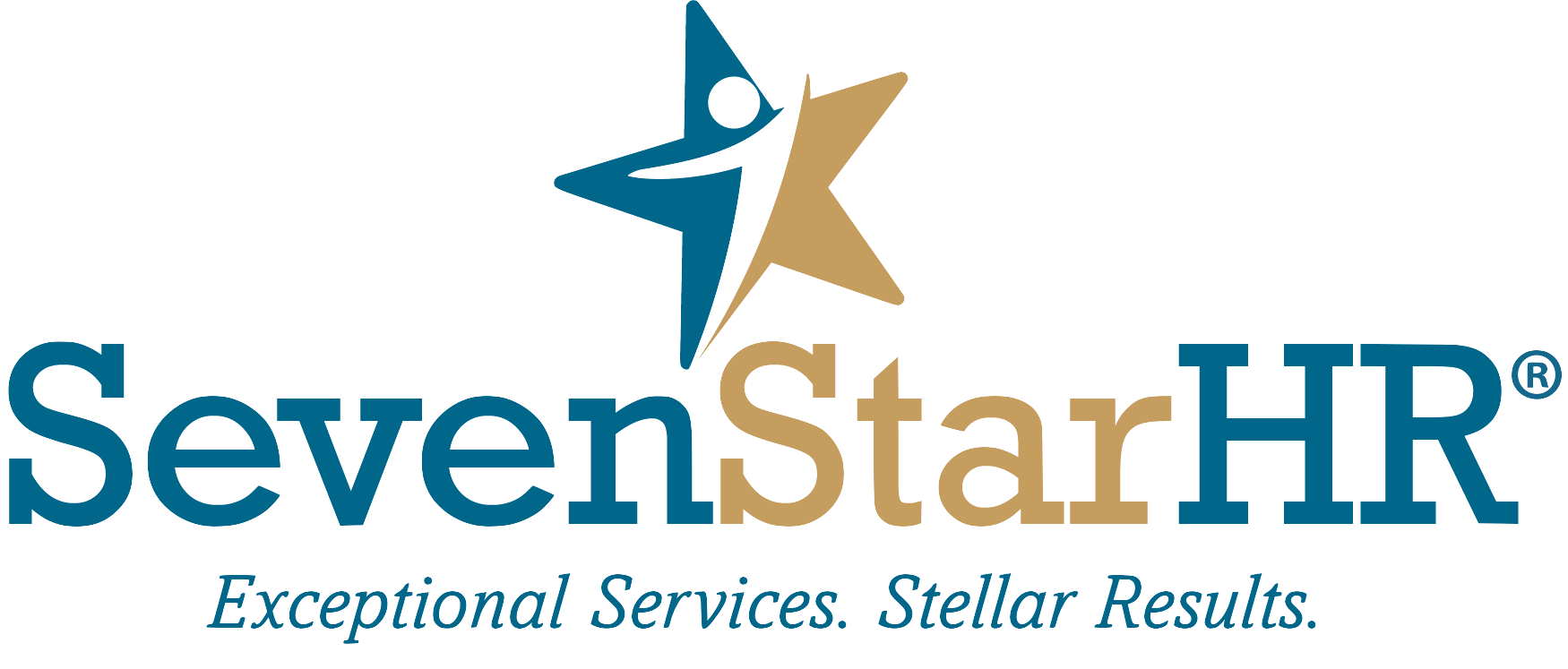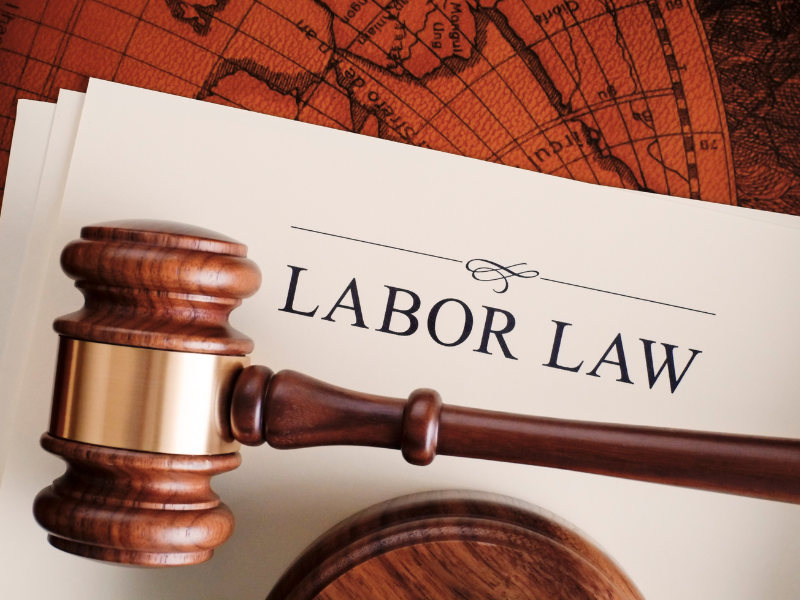NLRB Adopts New Employer Work Rules Standard: What Employers Need to Know
On August 2, 2023, the National Labor Relations Board (NLRB) announced a groundbreaking decision in Stericycle, Inc., establishing a new criterion for assessing workplace regulations concerning employee rights under Section 7 of the National Labor Relations Act (NLRA).
While many might assume this ruling only pertains to unionized workplaces, it is crucial to understand that its implications extend well beyond just the realm of labor unions. The NLRB's recent decision signifies a pivotal shift, necessitating all employers to meticulously review their current handbooks and policies for compliance.
The Background
In its decision, the NLRB stressed that the previous standard, as outlined in Boeing Co. (2017), failed to adequately safeguard employees' rights under Section 7 of the NLRA. The Board argued that the prior standard allowed employers to implement overly expansive work rules that stifled employees' exercise of their rights.
Consequently, the NLRB found it vital to enforce a more stringent approach to evaluate the validity of workplace rules and their potential impact on employee rights.
The New Standard
Under the fresh standard, the NLRB will assess the validity of a work rule from the viewpoint of an employee who is economically reliant on the employer and contemplating engaging in protected concerted activity.
The criterion revolves around whether an employee could interpret the rule coercively, even if a non-coercive interpretation is also plausible. If such an interpretation is reasonable, the rule is assumed to be unlawful.
However, employers can counter this assumption by demonstrating that the rule serves a legitimate and substantial business interest and that there exists no more precisely tailored rule that could serve the same purpose.
What is Protected Concerted Activity?
Concerted activity represents a legally protected category of actions where two or more employees collaborate to improve their pay or working conditions. This kind of activity can occur both within and outside the framework of a labor union, making it a common occurrence in many workplaces.
Here are a few examples of concerted activity:
Employees collectively voicing their opinions and proposing changes to management regarding workplace policies or procedures.
Two or more workers coming together to negotiate for better benefits or improved working hours directly with their employer.
Employees discussing among themselves concerns about their workload and its impact on their health and safety.
Implications for Employers
This revised standard significantly heightens the burden on employers to ensure their policies do not inadvertently encroach upon their employees' rights under the NLRA. To avoid potential legal consequences and expensive litigation, it is imperative that employers thoroughly assess and, if necessary, modify their existing company policies and employee handbooks.
Seeking the guidance of legal professionals can be advisable in navigating the intricacies of this new standard and ensuring complete compliance.
Looking Ahead
As the implications of the NLRB's decision continue to resonate across workplaces, it is crucial for employers to remain proactive. Embracing a culture of open communication and fostering an environment that respects and upholds employee rights can help ensure compliance and create a more productive and harmonious work environment.
The NLRB's implementation of the new standard for evaluating employer work rules underscores the need for a comprehensive review of existing policies within all organizations, irrespective of their union status.

